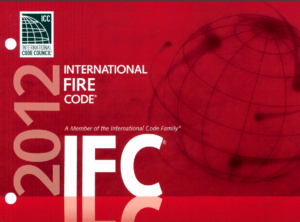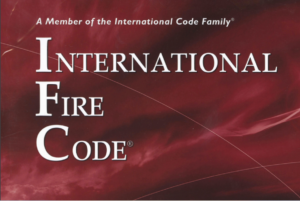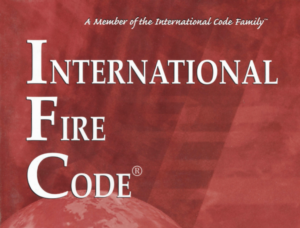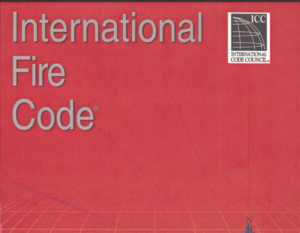The 2001 edition of NFPA 1983 outlines comprehensive standards for Fire Service Life Safety Rope and System Components, offering guidelines for the design, performance, testing, and certification of new life safety rope and system components. These components include escape ropes, water rescue throwlines, life safety harnesses, belts, and auxiliary equipment used for rescue and training by fire service and other emergency service organizations.
This standard was developed by the Technical Committee on Special Operations Protective Clothing and Equipment and approved as an American National Standard. It specifies minimum design and performance criteria to ensure the safety and effectiveness of life safety ropes and related components during rescue operations, firefighting, and training exercises.
NFPA 1983 covers various aspects of safety ropes and system components such as the introduction of new criteria for personal escape ropes, designed specifically for firefighter or rescuer self-rescue in critical situations. The standard also incorporates requirements for harnesses, hardware, and other system components like belts that are used in conjunction with ropes during rescue operations.
Significant enhancements include the introduction of new types of equipment such as throwlines for water rescues and additional requirements for pulleys and portable anchors. The standard specifies detailed testing procedures to ensure each component meets rigorous safety standards. These tests evaluate performance under conditions that simulate actual emergencies to ensure reliability when used in the field.
The document also emphasizes manufacturer compliance with quality assurance standards, including ISO registration and certification laboratory accreditation. It aims to improve product quality and ensure consistent safety standards across all certified life safety ropes and components. This edition further clarifies and expands definitions and testing requirements, enhancing overall comprehensibility and usability of the standard for both manufacturers and certification organizations.






